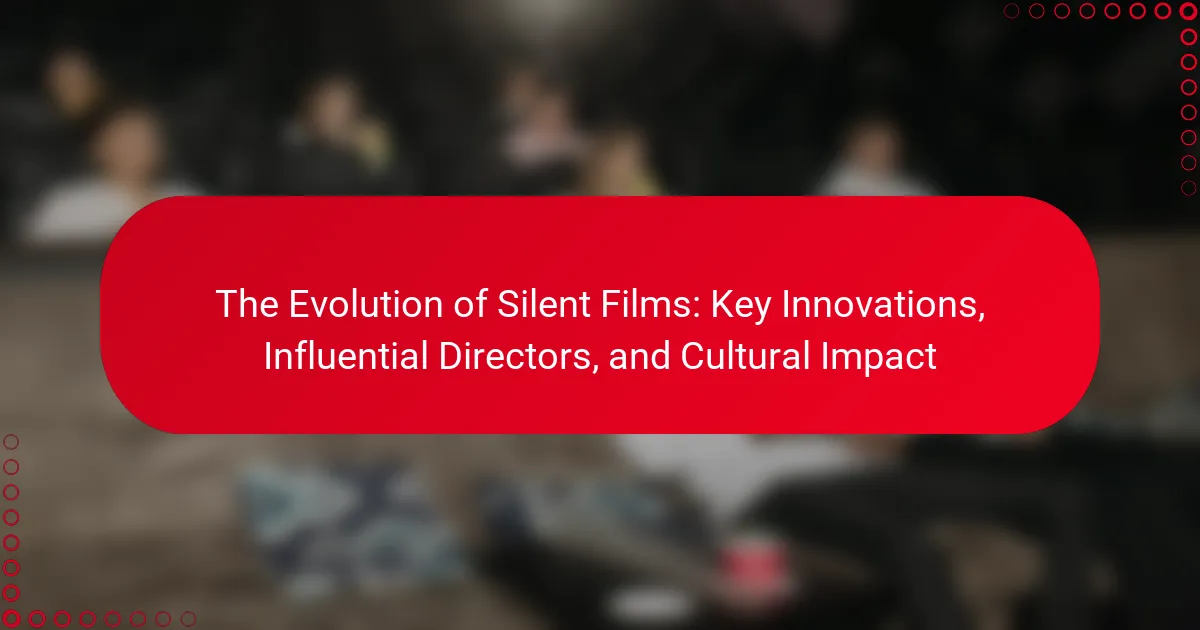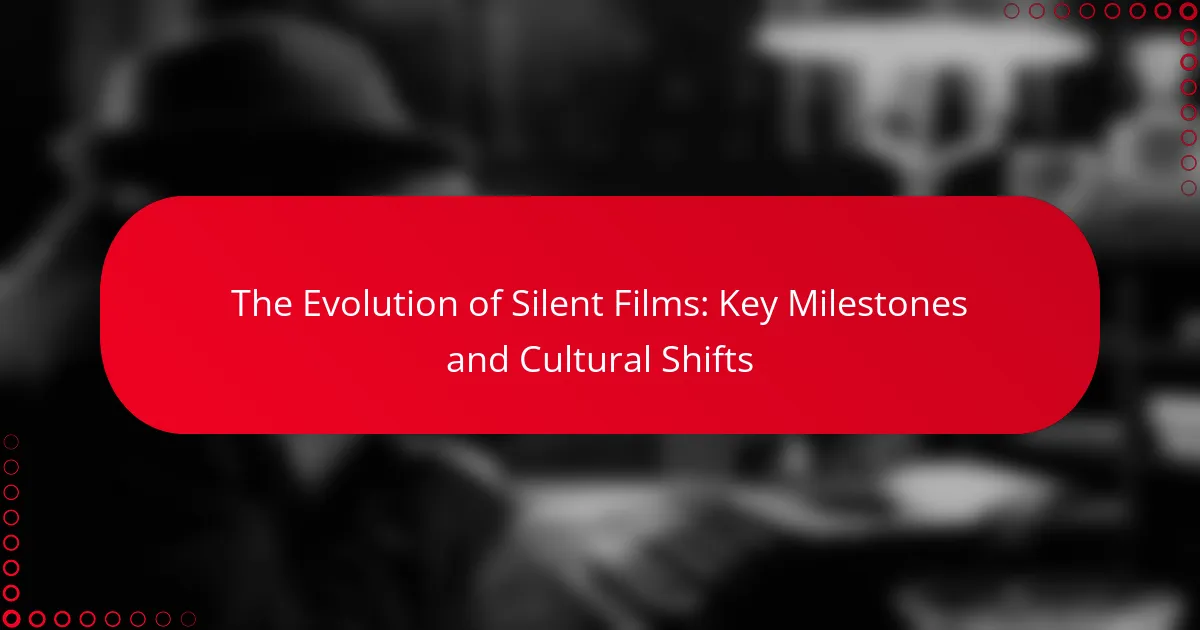Technicolor is a groundbreaking color motion picture process that transformed the film industry, first developed in the early 20th century and gaining prominence in the 1930s and 1940s. This innovative technology enabled filmmakers to create vibrant and rich colors, significantly enhancing the visual appeal of films and influencing storytelling techniques. Iconic films such as “The […]

The Artistic Journey of Ingmar Bergman: Existential Themes, Cinematic Techniques, and Influential Films
Ingmar Bergman is a pivotal figure in cinema, renowned for his exploration of existential themes and psychological depth through innovative cinematic techniques. His films, such as “The Seventh Seal” and “Wild Strawberries,” examine profound questions about faith, death, and isolation, utilizing stark imagery and intense character studies. Bergman’s collaborations with actors like Max von Sydow […]

The Development of Special Effects: Groundbreaking Techniques, Iconic Films, and Industry Evolution
Special effects are essential techniques in film that create illusions and enhance storytelling through practical effects and digital effects. Practical effects utilize physical props and stunts, while digital effects are generated using computer-generated imagery (CGI). This article explores the development of special effects, highlighting groundbreaking techniques such as CGI, motion capture, and practical effects, as […]

The Influence of Screenwriting Techniques: Structure, Character Development, and Notable Works
Screenwriting techniques are essential components that shape storytelling in film and television. Key techniques include structure, character development, and dialogue, each playing a critical role in engaging audiences. The three-act structure provides a framework for pacing, while character development creates relatable figures that evolve, enhancing emotional investment. Dialogue not only reveals character traits but also […]

The Evolution of Silent Films: Key Innovations, Influential Directors, and Cultural Impact
Silent films are motion pictures that rely on visual storytelling without synchronized sound, emerging in the late 19th century. Key innovations such as the motion picture camera, intertitles, and film editing techniques transformed cinema, allowing filmmakers to convey narratives effectively. Influential directors like D.W. Griffith, Charlie Chaplin, and Fritz Lang played significant roles in shaping […]

The Rise of Independent Cinema: Notable Movements, Pioneering Filmmakers, and Audience Reception
Independent cinema is a film production approach that operates outside major studio systems, characterized by lower budgets and creative freedom. This article explores the rise of independent cinema, highlighting notable movements such as the American Independent Film Movement, the French New Wave, and Dogme 95, which have all contributed to its evolution. Key filmmakers, including […]

The Birth of Animation: Pioneering Techniques, Landmark Films, and Cultural Shifts
The article explores the birth of animation, detailing the early development of moving images through techniques such as the zoetrope and phenakistoscope in the late 19th century. It highlights the creation of the first animated film, “Humorous Phases of Funny Faces,” by J. Stuart Blackton in 1900, which utilized stop-motion techniques. Significant figures like Winsor […]

The Evolution of Silent Films: Key Milestones and Cultural Shifts
The article focuses on the evolution of silent films, which are motion pictures characterized by the absence of synchronized sound, relying instead on visual storytelling, intertitles, and music. It outlines key milestones in the silent film era, beginning with Eadweard Muybridge’s “The Horse in Motion” in 1878 and progressing through significant works such as “The […]

The Significance of Costume Design in Film: Techniques, Cultural Reflections, and Iconic Characters
Costume design in film is a critical element that visually communicates character traits and narrative context. It establishes time periods, settings, and cultural backgrounds, influencing audience perceptions and emotional connections. The article explores various techniques employed in costume design, such as historical research, fabric selection, and color theory, which contribute to character development and storytelling. […]

The Transition to Color Film: Technological Advances, Pioneering Movies, and Audience Reactions
The transition to color film represents a significant shift in the film industry from black-and-white to color cinematography, beginning in the early 20th century. Key technological advancements include the introduction of Technicolor in the 1930s and Eastmancolor in the 1950s, which enhanced the vibrancy and accessibility of color films. Pioneering movies such as “The Toll […]
